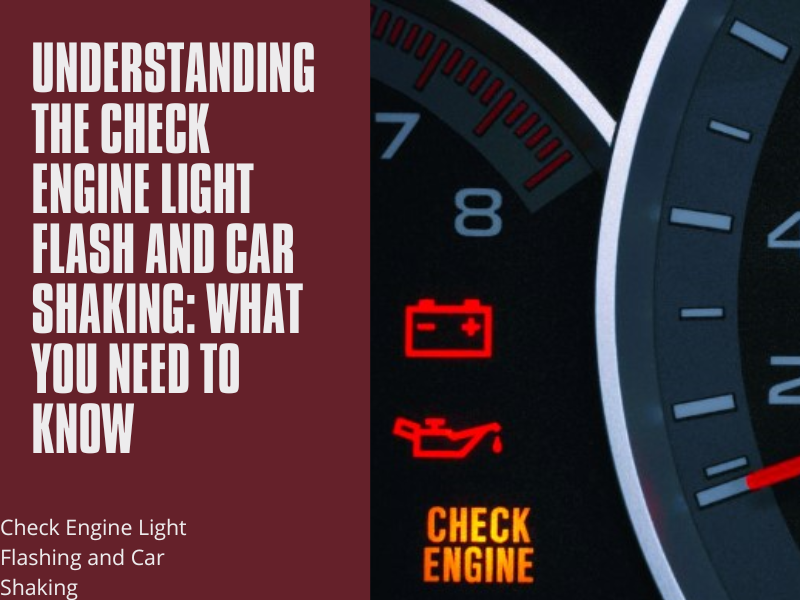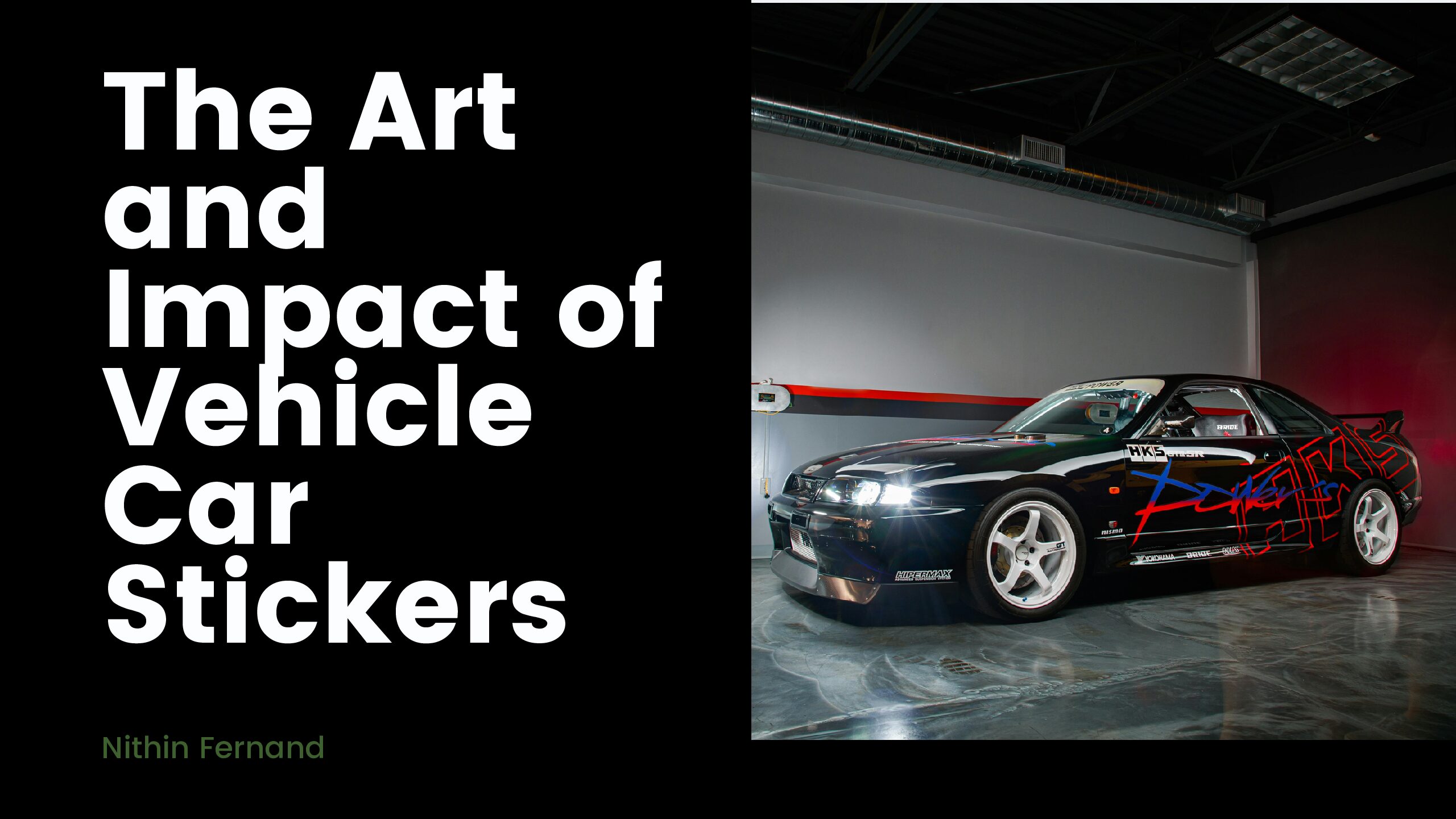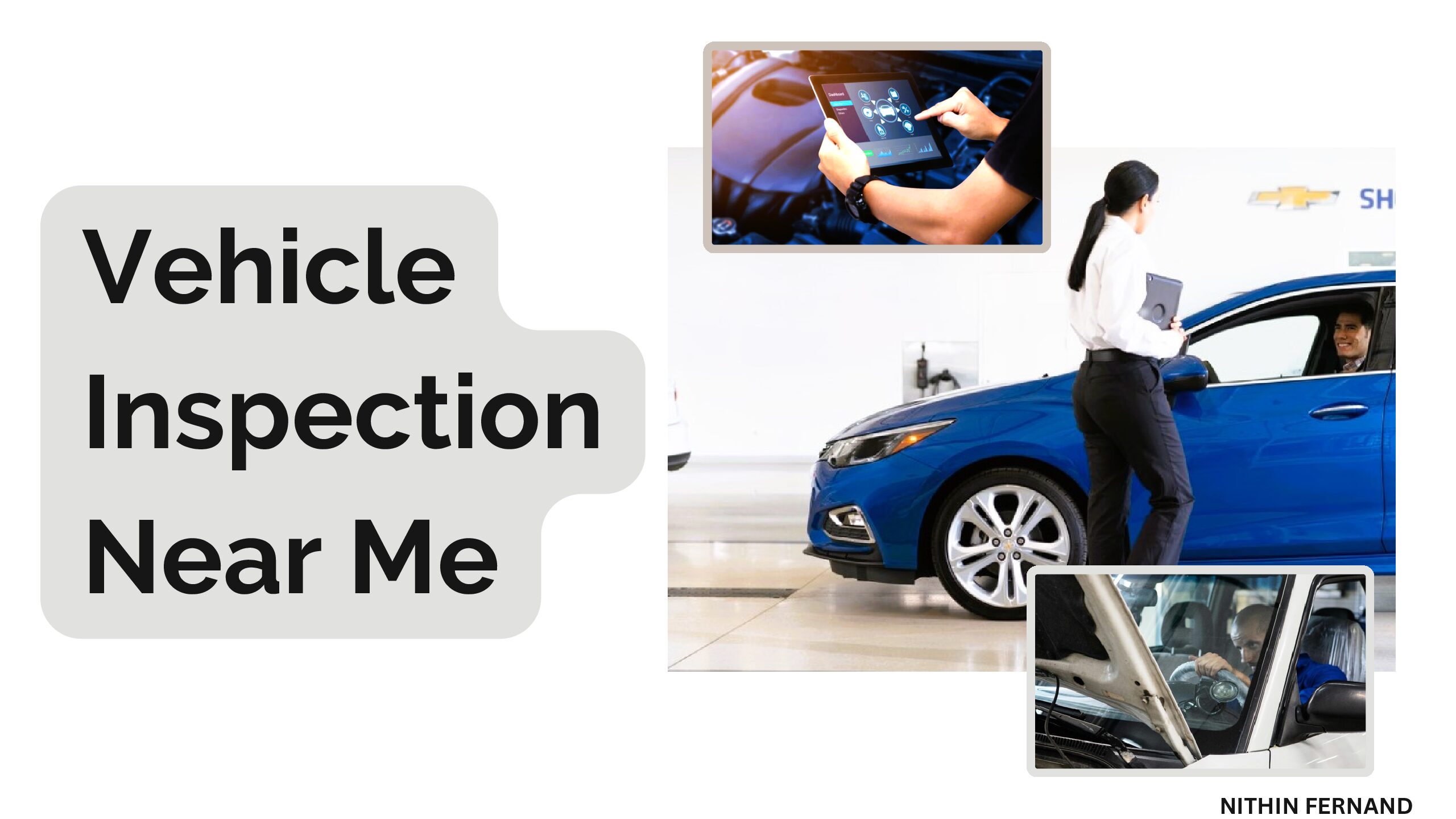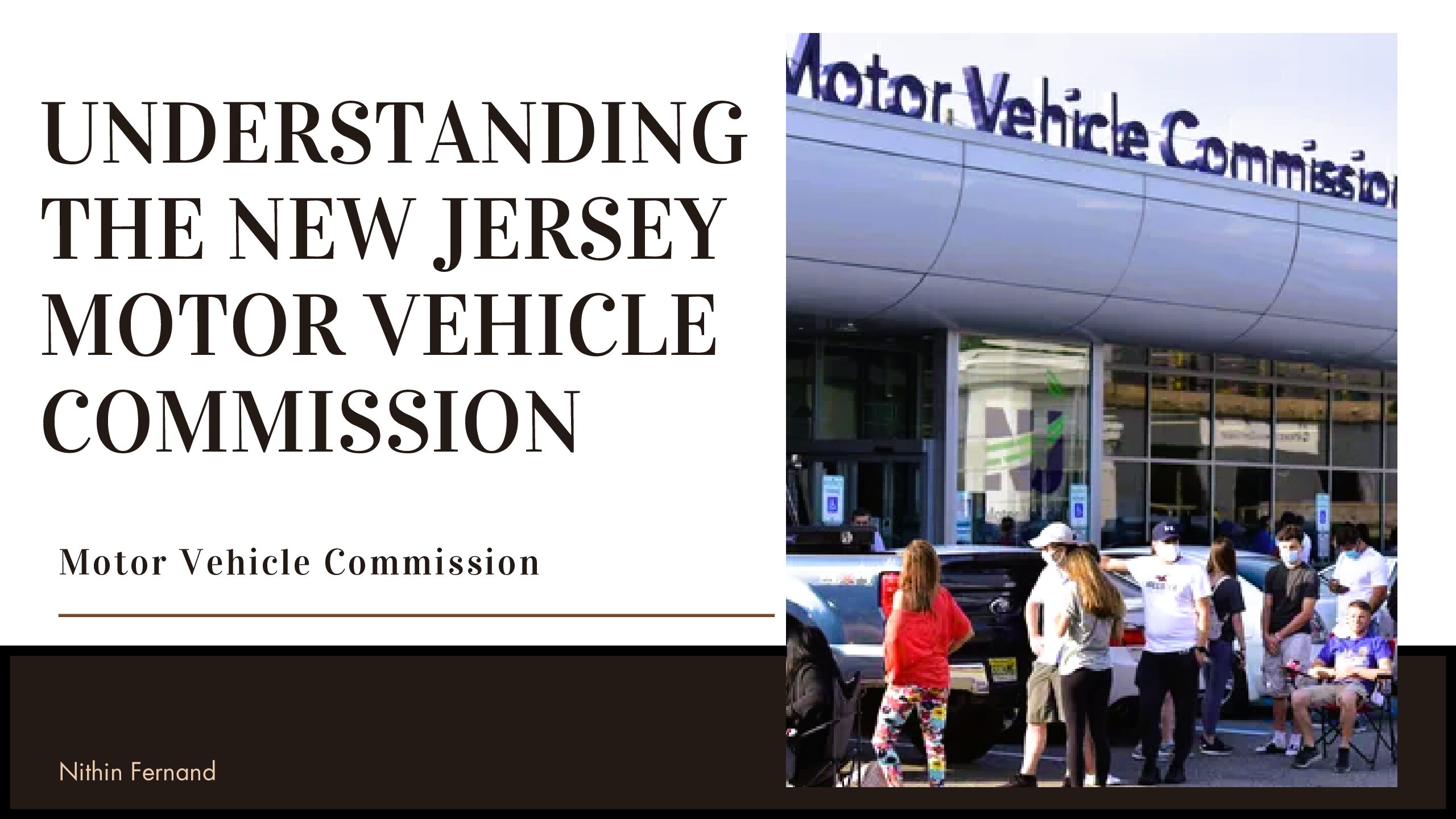Understanding the Check Engine Light Flash and Car Shaking: What You Need to Know
The check engine light acts as a crucial communication tool between your vehicle and you, signaling various potential issues under the hood. When this light starts flashing in tandem with your car shaking, it raises an urgent red flag requiring immediate attention. These symptoms could indicate severe engine misfires or other critical failures that, if left unchecked, may lead to significant damage.
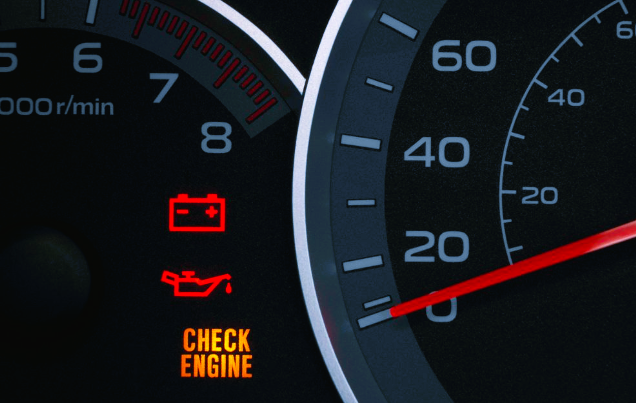
In this article What the Check Engine Light Indicates , Causes of a Flashing Check Engine Light , Understanding Car Shaking , Diagnosing the Problem , Immediate Steps to Take , Professional Diagnosis and Repair , Preventive Measures and Maintenance and Costs and Considerations with all the relevant information you need to know. So stick around until the end to find out what you’ve been looking for.
Section 1: What the Check Engine Light Indicates
The check engine light is a component of your vehicle’s onboard diagnostics (OBD) system. When operating normally, it’s just part of the car’s display. However, when it lights up, it signals that the engine control unit (ECU) has identified a problem. A solid light suggests a non-emergency issue, but a flashing light is more serious, often associated with conditions that could harm the catalytic converter or engine.
Section 2: Causes of a Flashing Check Engine Light
A flashing check engine light typically means a misfire is occurring within the engine. Misfires can result from:
Ignition System Problems: Issues with spark plugs, ignition coils, or related wiring can disrupt the ignition sequence. Spark plugs may wear out over time, leading to incomplete fuel combustion, which causes misfires and vibrations.
Fuel System Malfunctions: Problems such as clogged fuel injectors or a failing fuel pump can lead to inefficient fuel delivery, causing your engine to struggle.
Catalytic Converter Damage: Excessive unburnt fuel entering the exhaust system can overheat or melt the catalytic converter internals.
Section 3: Understanding Car Shaking
Engine problems can manifest as physical vibrations that are felt throughout the vehicle. Shaking might relate directly to:
Misfires: Uneven fuel burn can cause the engine to operate erratically.
Engine Mounts: Damaged or worn mounts can lead to physical vibrations during abnormal engine operation.
Non-Engine Problems: While less common when paired with a flashing check engine light, issues like unbalanced tires or suspension could also contribute to shaking.
Section 4: Diagnosing the Problem
Reading DTCs: Diagnostic Trouble Codes (DTCs) can be accessed with an OBD-II scanner, available for purchase or use at auto parts stores.
Common Codes: Codes such as P0300 (random/multiple cylinder misfire) could guide your investigation.
Section 5: Immediate Steps to Take
If you experience a flashing check engine light and shaking, reduce your speed and load, and find a safe place to pull over. Driving further could lead to more significant engine or catalytic damage. Depending on severity, you may opt for a tow rather than risking greater harm.
Section 6: Professional Diagnosis and Repair

Qualified mechanics use diagnostic tools and expertise to pinpoint issues accurately. By ensuring proper repairs are carried out promptly, you safeguard against potential escalation in damage, like catalytic converter replacement, which can be costly.
Section 7: Preventive Measures and Maintenance
Routine maintenance is key to minimizing the risk of engine problems. Regularly scheduled checks and replacements of spark plugs, oil filters, and inspection of ignition components are recommended. Ensure using quality fuel to maintain engine efficiency and function.
Section 8: Costs and Considerations
Repair costs can vary significantly based on the underlying issues. Simple spark plug replacements might cost around $100, whereas catalytic converter replacements can exceed $1000. Consider the car’s age and value when assessing repairs, and check for possible warranty coverage.
Conclusion
A flashing check engine light coupled with car shaking should never be ignored. These symptoms indicate potentially serious engine issues that require immediate attention to prevent costly repairs and ensure safety. Regular maintenance, prompt diagnosis, and professional repair are essential practices to maintain vehicle health and longevity.
1. What does it mean when the check engine light is flashing?
A flashing check engine light typically indicates a severe issue, such as an engine misfire. This is a condition where the engine cylinders are not functioning properly, potentially leading to unburnt fuel being sent into the exhaust system, which can damage the catalytic converter.
2. Why is my car shaking when the check engine light is on?
Car shaking coupled with a flashing check engine light often signals engine misfires. These misfires disrupt the engine’s power cycle, leading to vibrations. This can be due to faulty spark plugs, ignition coils, or fuel delivery issues.
3. Can I drive my car if the check engine light is flashing?
While you may technically be able to drive the car, it is not advisable. A flashing check engine light indicates a potentially severe engine problem that could lead to significant damage or unsafe driving conditions. It’s best to reduce speed, pull over safely, and seek roadside assistance or have the car towed to a mechanic.
4. What should I do if my check engine light is flashing and the car is shaking?
First, reduce speed and find a safe place to park the vehicle. Turn off the engine to prevent further damage, and call a professional towing service to take the car to a certified mechanic for a detailed diagnosis and repair.

